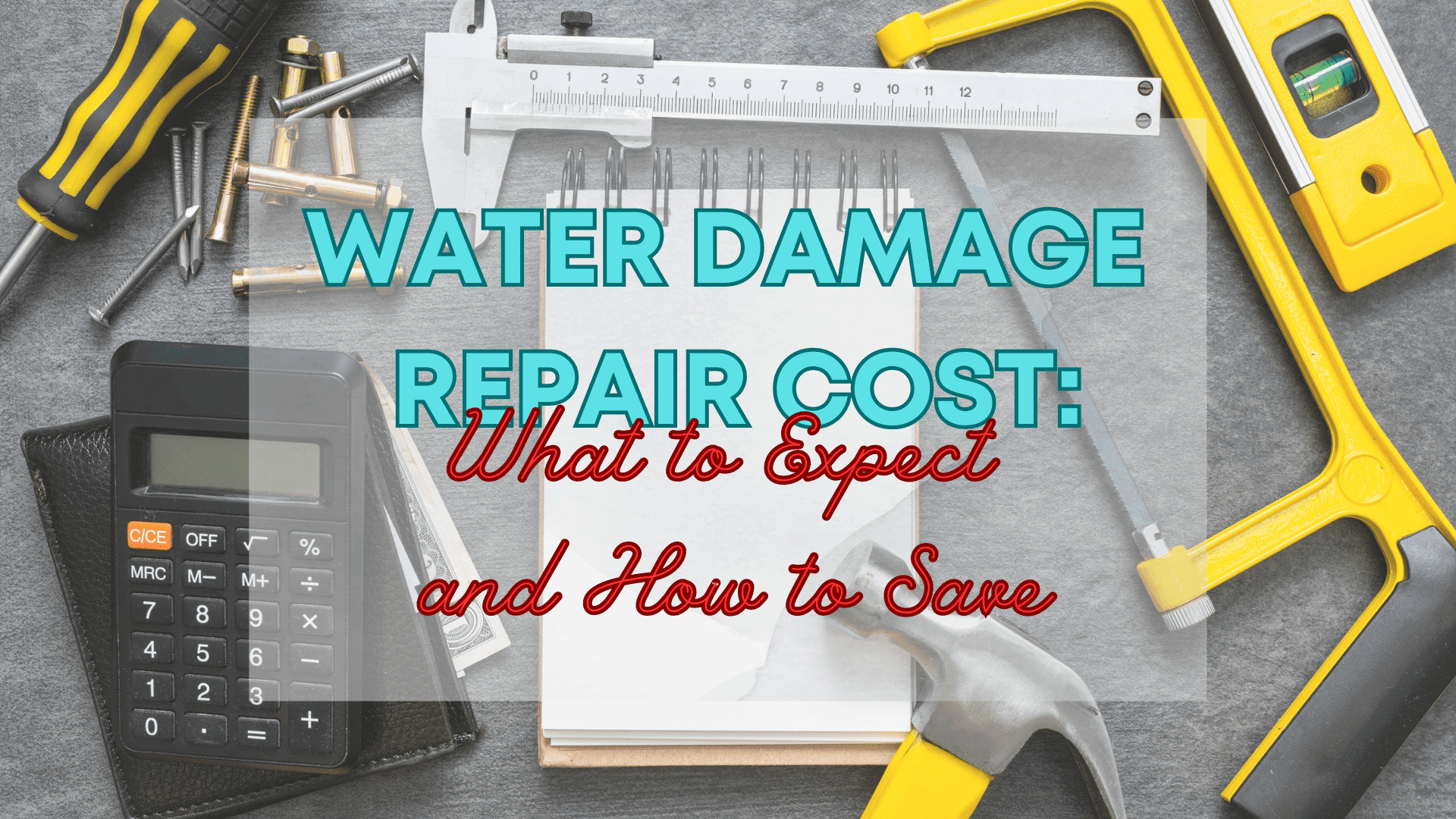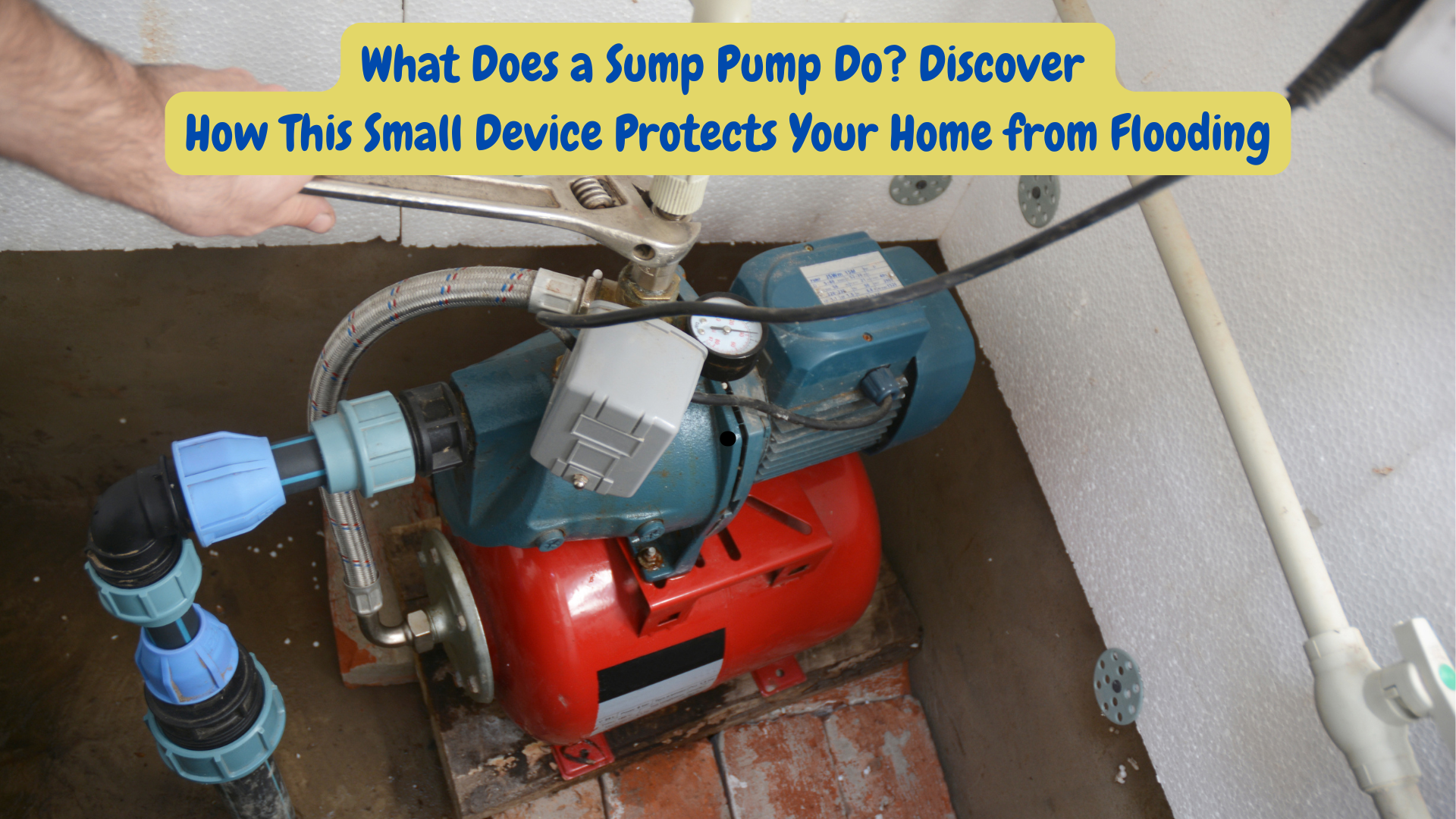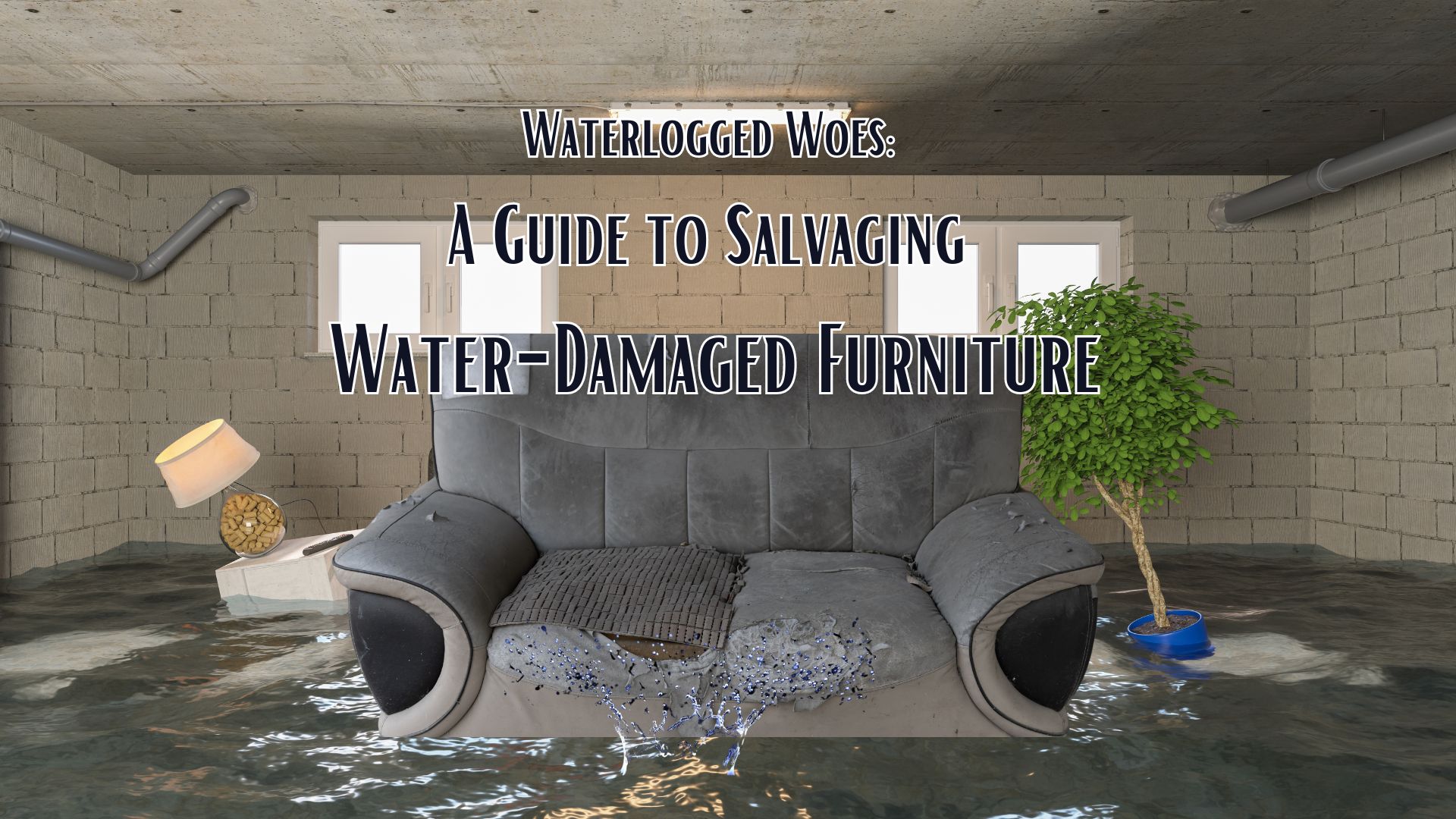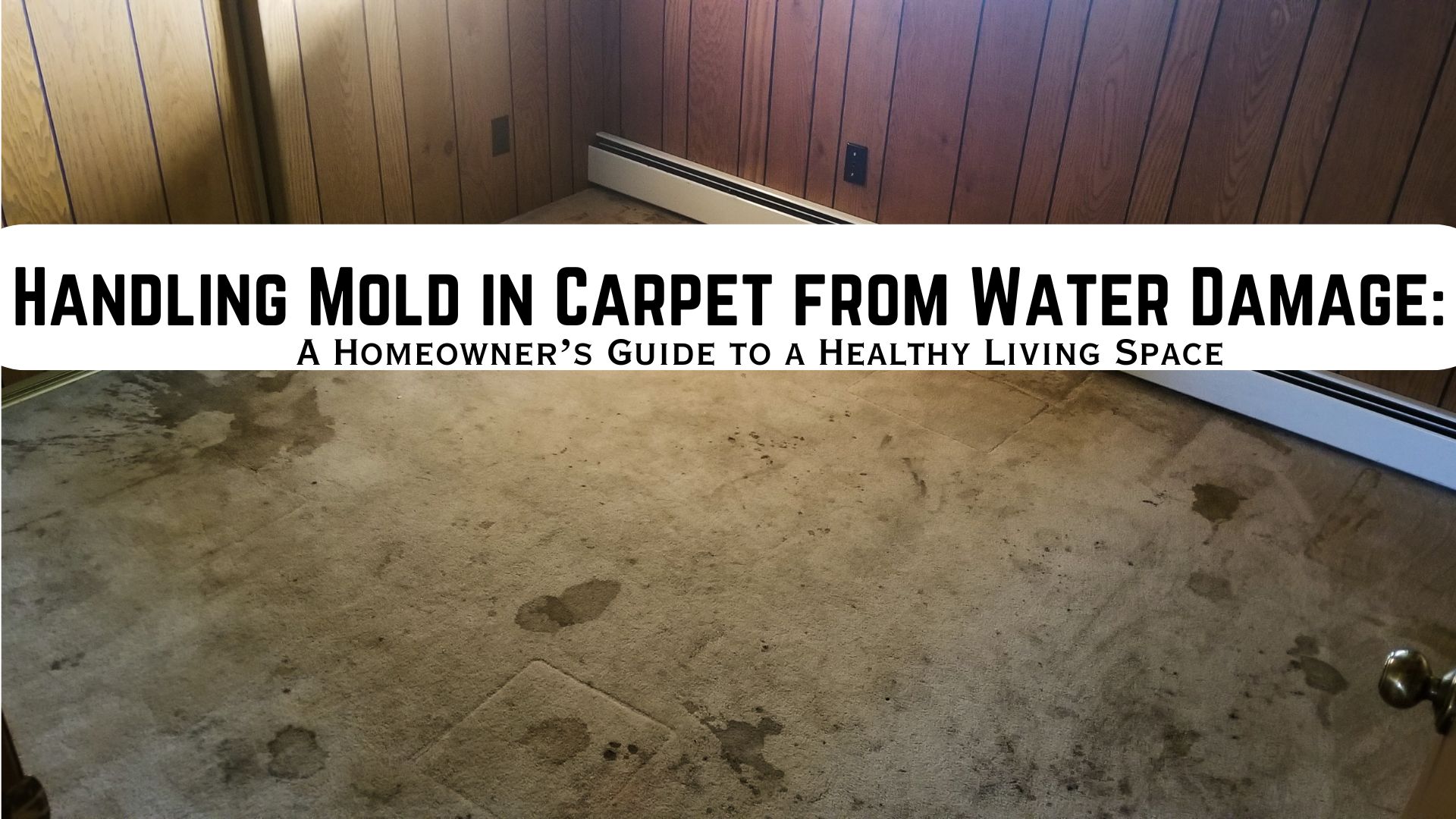
Water damage can be a homeowner’s nightmare, and the cost of repairing it can often add to the stress. Whether it’s a burst pipe, a roof leak, or flooding, understanding water damage repair costs is crucial for homeowners. In this comprehensive blog post, we will delve into the factors that influence water damage repair costs, how to estimate the expenses, and strategies to save on these repairs. By the end of this article, you’ll have a thorough understanding of water damage repair costs, empowering you to make informed decisions when dealing with water damage in your home.
Factors Affecting Water Damage Repair Costs
1. Extent of Damage: The most significant factor in determining the cost of water damage repair is the extent of the damage. The repair cost increases in proportion to the severity and extent of the damage. Minor water damage, such as a small leak or a little water stain, may be relatively inexpensive to repair, while extensive flooding or structural damage can be much more costly. A small leak in a single room may cost hundreds of dollars while repairing extensive flood damage can run into the thousands.
2. Type of Water: Water damage is categorized into three types – clean water, gray water, and black water. The type of water involved can significantly impact repair costs. Clean water damage, which results from sources like a burst pipe or a leaking faucet, is usually less expensive to repair since it doesn’t pose health risks. Gray water damage, from sources like washing machines or dishwashers, may contain contaminants and require more thorough cleaning, thus increasing the cost. Black water damage, often due to sewage backup or flooding from natural disasters, is the most costly to repair due to the potential health hazards associated with it.
3. Location of Damage: Where the damage occurs in your home also plays a significant role in the cost. For instance, repairing damage in your basement may be more expensive than repairing damage in a ground-level room. Basement repairs often involve additional work, such as pumping out water and addressing potential structural issues, which can increase the overall cost.
4. Materials and Labor: The costs can vary based on your location and the availability of skilled professionals. Urban areas may have higher labor costs than rural areas, and the type of materials used for repair can also impact the overall cost. High-end finishes and materials will increase the cost, while more basic materials may be more affordable. Labor costs for highly skilled professionals will also be higher than for those with less experience.
Estimating Water Damage Repair Costs
1. Assessment: The first step in estimating water damage repair costs is to have a professional assess the damage. Professionals can accurately evaluate the extent and type of damage, which helps in creating a more precise estimate. Be cautious of contractors who give estimates without inspecting the damage in person. A thorough assessment is essential for an accurate cost estimate.
2. Cost Breakdown: Once you’ve had a professional assess the damage, ask for a detailed cost breakdown. This breakdown should include:
- Labor Costs: The cost of labor for the repair, including the number of hours required and the hourly rate of the professionals involved.
- Materials Costs: The cost of materials needed for the repair. This can include building materials, replacement fixtures, drywall, insulation, flooring, and any other materials required for the job.
- Permits and Inspections: Some repairs may require permits and inspections. These costs should be included in the estimate.
- Additional Services: If the water damage has led to secondary issues, such as mold growth or structural damage, these should be factored into the estimate. Mold remediation, for example, is a common additional cost associated with water damage.
3. Hidden Costs: Keep in mind that there may be hidden costs that can increase the overall repair expenses. For instance, if the water damage is extensive, you might need to replace damaged items, such as furniture or appliances. Additionally, unforeseen issues may arise during the repair process, leading to additional costs. Having a contingency fund for such unforeseen expenses is wise.
Saving on Water Damage Repair Costs
1. Act Quickly: The longer you wait to address water damage, the more extensive and expensive it can become. Immediate action can prevent further damage and reduce repair costs. If you notice any signs of water damage, such as discolored walls or ceilings, bubbling paint, or a musty odor, act promptly. Address the source of the problem and, if necessary, contact a professional for an assessment and repair.
2. Insurance Coverage: Review your homeowner’s insurance policy to see if it covers water damage. If it does, file a claim as soon as possible to help offset repair costs. Be sure to document the damage with photos and keep records of all communication with your insurance company.
3. DIY vs. Professional Help: While some minor water damage repairs can be tackled as DIY projects, larger and more complex jobs should be left to professionals. Attempting to fix extensive damage yourself may end up costing more in the long run, as mistakes can exacerbate the problem. If you have the skills and knowledge, minor repairs like fixing a small leak or replacing a damaged section of drywall can be done as DIY projects. However, for more significant damage or any work involving electrical or structural components, it’s best to hire professionals.
4. Get Multiple Quotes: Don’t settle for the first quote you receive. Shop around and get estimates from several contractors to find the best deal. Getting multiple quotes not only helps you compare costs but also allows you to evaluate the professionalism and expertise of different contractors. Look for contractors who are licensed, insured, and experienced in handling water damage repairs.
5. Consider Restoration vs. Replacement: In some cases, restoration can be more cost-effective than complete replacement. Skilled professionals can often salvage and restore damaged items or materials, saving you money. Restoration may include drying and cleaning materials, such as carpets and wooden furniture, rather than replacing them entirely.
6. Preventive Measures: After experiencing water damage and investing in repairs, it’s essential to take preventive measures to avoid future occurrences. Address the root causes of the damage, such as fixing leaking pipes, improving drainage around your home, and ensuring proper maintenance. This will not only save you money in the long run but also preserve the integrity of your home.
A Certified Water Damage Restoration Company
Water damage repair costs can vary significantly depending on a range of factors, including the extent of the damage, the type of water involved, and the location of the damage. Estimating these costs requires a professional assessment and a detailed cost breakdown that includes labor, materials, permits, and potential additional services. While water damage repair costs can be a source of stress for homeowners, there are several strategies to save on these expenses.
Acting quickly to address water damage, understanding your insurance coverage, and obtaining multiple quotes from reputable contractors can all help reduce repair costs. Additionally, knowing when to tackle repairs yourself and when to hire professionals is crucial to avoid costly mistakes.
In this context, professional restoration services, such as those offered by Superior Restoration, can be invaluable. These experts have the knowledge and experience to assess the extent of the damage accurately and develop comprehensive plans for restoration. Superior Restoration understands that each water damage situation is unique, and they tailor their approach to address your specific needs.
Superior Restoration can also help you navigate the complexities of insurance claims, ensuring you receive the maximum coverage for your repairs. With their skilled team, you can save time and money by avoiding costly errors that might occur in a DIY repair attempt.
Ultimately, the key to managing water damage repair costs effectively is to be well-informed and proactive. By taking immediate action, seeking professional assistance when necessary, considering all cost-saving options, and collaborating with experts like Superior Restoration, you can minimize the financial impact of water damage and ensure that your home is restored to its former glory. With this knowledge and support, you can navigate the challenges that come with water damage while protecting your most valuable asset – your home.



